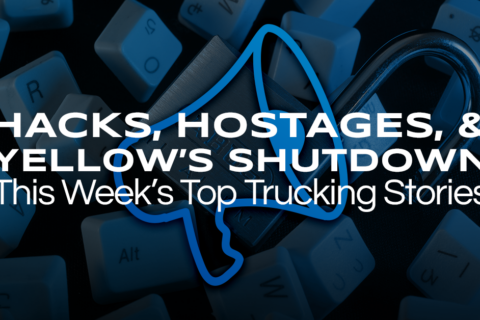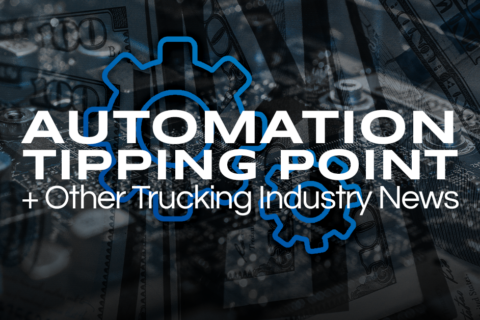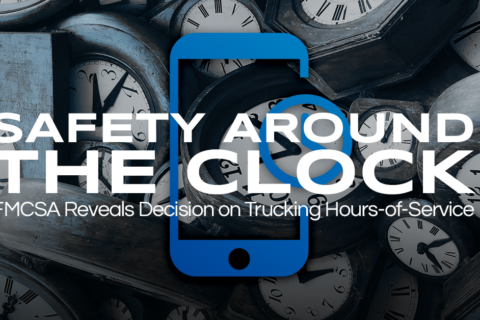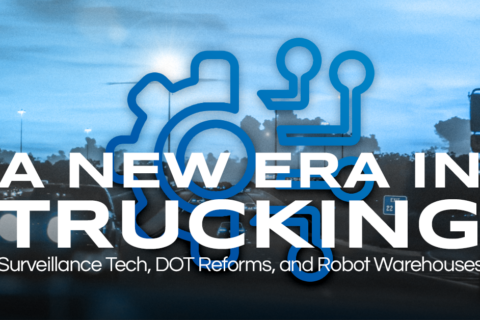Omen or Ordinary: A Closer Look At Fed Ex’s Job Cuts & Industry Evolution
Unveiling FedEx’s Workforce Adjustment Strategy In the face of changing industry dynamics and dwindling shipping demand, FedEx, one of the biggest names in logistics and package delivery, has undergone major operational changes. Notably, workforce layoffs have come into play as FedEx aims to manage its staffing resources more effectively. In 2023, FedEx initiated multiple job cuts, with recent reports highlighting the laying off of 280 workers in Texas alone, deemed to be due to the reduction in shipping demand. Tracing FedEx’s Job Cuts Across Borders According to Forbes, FedEx’s layoffs in Texas represent just a piece of the bigger picture. In fact, these cuts form part of an extensive trend of job reductions that FedEx has implemented throughout 2023, affecting hundreds of workers. Furthermore, these changes extend beyond Texas. Reports indicate layoffs at FedEx’s Indianapolis facility, suggesting the influence of broader economic and political factors on FedEx’s decisions. Deciphering the Drivers Behind Layoffs Marketplace.org illuminated the dynamics leading to such workforce reductions. The primary catalyst appears to be a decrease in demand for shipping, which when coupled with the necessity to maintain profitability, has propelled FedEx towards cost-cutting measures, including layoffs. The shipping industry’s lowered demand can be traced back to global economic shifts, adjustments in business operations due to the ‘new normal,’ and rapid technological disruptions in the logistics sector. Analyzing the Impact of Technological Disruptions The logistics and shipping industry is experiencing a period of rapid evolution, spurred by technological advancements. Developments in automated shipping, drones, and AI-based logistics management are contributing to a decrease in demand for certain job roles. These technologies, while pushing the industry forward, could also be playing a part in job reductions like those seen at FedEx. Gleaning Insights from FedEx’s Strategy Layoffs, while painful for affected workers, reflect an industry in the midst of transformation. By implementing these changes, FedEx and other logistics giants are positioning themselves to meet future demands, even if this requires difficult decisions in the present. FedEx’s layoffs, while a response to immediate challenges, also prompt more in-depth questions about the industry’s future direction, the role of technology, and balancing operational efficiency with employee well-being. The Future of FedEx and the Logistics Industry As we move forward, it will be essential for industry leaders like FedEx to navigate these challenging times with a balance of innovation, empathy, and foresight. While cost-cutting measures such as layoffs provide short-term solutions, the industry’s long-term health will rely on strategic decisions that anticipate future opportunities and challenges. As FedEx and the logistics industry as a whole undergo a transformation, the path forward is bound to include fresh and innovative strategies as well as forward-thinking decisions. While layoffs offer a temporary solution to financial constraints, the industry’s future will be shaped by the ability of companies to anticipate and navigate future hurdles and opportunities. Before You Hit the Road… If you made it to this part of the article, we’d just like to take a moment to thank you for taking the time to read this weekly recap. Be safe out there and as always, If you’re in search of CDL A, B, or warehouse positions, check out our open positions. And if you need staffing solutions for commercial driving or industrial positions, be sure to explore our offerings.











Recent Comments